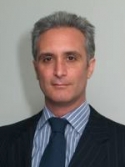InternationalAyurvedicConference2018Plenary.jpg
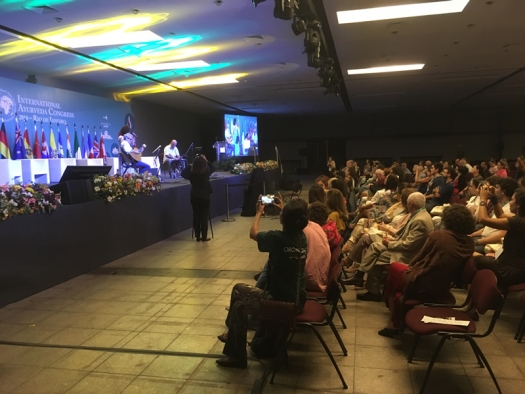
Photo by Ferdinando Pisani Massamormile, © 2018
From the 12th to the 15th of March, 2018, a massive medical event took place in Rio de Janeiro. The Ministry of Health of Brazil hosted the First International Congress of Complementary and Integrative Medicine in Public Health conjunctly with the Third International Ayurveda Congress. This free event that took place at gigantic Riocentro convention center attracted more than 4,000 participants. With simultaneous translation in three languages, the government took no shortcuts to make sure that it was impeccably managed.
This is not the kind of event where one learns about breakthrough treatments or novel therapies. Rather, this is the place where well-established therapeutic practices are presented to a wider audience, which included civil servants, NGOs and associations among many others. This summit had the intention to introduce, discuss, and digest a new public health strategy and policy.
InternationalAyurvedicConference2018Posters.jpg
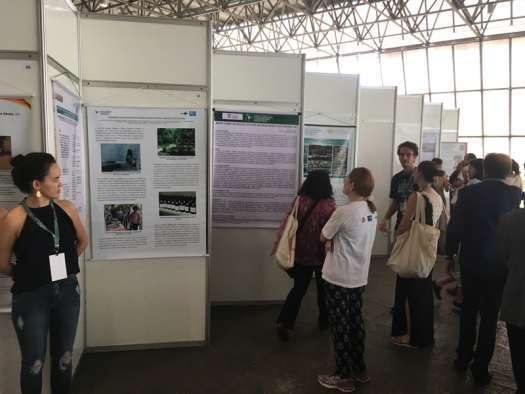
Photo by Ferdinando Pisani Massamormile, © 2018
Apart from the plenary sessions, the summit was organized in parallel halls with a continuous flow of activities. These included poster presentations and even a whole section which allowed participants to have experiential therapy sessions – all flowing with the great Brazilian joie de vivre.
In this summit a new term was introduced: Práticas Integrativas e Complementares em Saúde (PICS) (Integrative and Complementary Practices in Health). This resolves the problems in using the words “Alternative and Complementary Medicine.” A political/semantic solution on the perennial discussion on what is medicine vis-a-vis evidence-based medicine and who is allowed to practice it. While this discussion is better left for another day, leaving the medical profession politically satisfied that nobody is invading their turf, the event regurgitated PICS in all possible ways and points of view.
InternationalAyurvedicConference2018Seminar.jpg
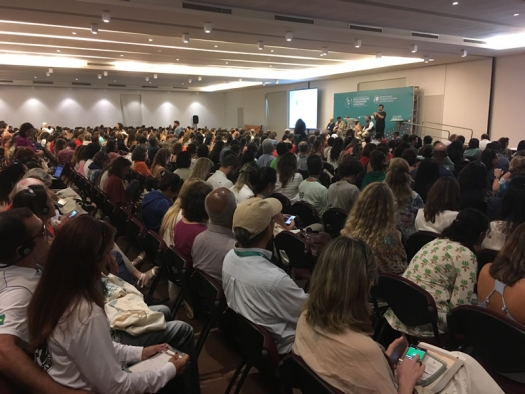
Photo by Ferdinando Pisani Massamormile, © 2018
Next to a room with a presentation on the legal framework of PICS, I entered a hall where a discussion was taking place on the philosophical implications of how the “the former alternative has now managed to become the complementary.” A young university professor wearing a Che Guevara cap went on a long anachronistic rant of how PICS were involved in a class struggle, making parallels with the struggle and conquests of the “working classes” in Europe. As usual, in the questions section, nobody asked any questions, but rather gave long soliloquies of comments and opinions. There was an interesting explosion by a sociologist, also a university professor, when she argued that the “working classes” in Europe, as in Brazil, are not using PICS, but actually spending their time in the emergency wards. In this awkward moment of “the emperor has no clothes” it became apparent that, in this democracy of continental proportions, things are not as smooth as they seem. Brazil’s health system, apart from special institutions as private or military hospitals, is organized under the SUS (Sistema Único de Saúd – the Unified Health System) which PAHO Director Dr. Carissa Etienne claimed, in beautiful English, “is the envy of the world.”
Brazil, a country with the world’s second largest fleet of corporate jets, is still struggling with major issues of poverty, marginalization and crime. The government, like most everywhere else on the planet, grapples with the Sisyphean task of providing universal health coverage while trying to balance the budget. As technology and innovation are introduced, the cost of modern medical care is actually increasing: giving-it-to-everyone equally becomes ever so more difficult. In past centuries, nations would become exhausted when their war efforts, which were the major component of their economy, became unsustainable. It would seem that this might also happen today. With a “medical race” of medical symptom-management, taking up more and more national resources, this could eventually bring the whole planet to bankruptcy.
The enlightened introduction of PICS in the SUS, masqueraded as the result of a political process, makes a lot of sense. Modern medicine, by this we mean the Western and conventional one, is brilliant in saving one’s life today for tomorrow. But it is dreadfully ineffective in dealing with chronic degenerative diseases that are increasingly the scourge for humanity across the board. This initiative not only aims in serving the population with therapies that are cheaper, but also ones that profess to treat the person holistically and individually by dealing with the cause of his/her illness and not just managing the symptoms.
The introduction of Ayurveda is the result of a political alliance of two huge BRICS nations seeking to help each other’s problems without the traditional rite of passage thru the experts of western/northern nations.
In 2014 India created the Ministry of Ayush upgrading a former department in the Ministry of Health and Family Affairs. Ayush is an acronym for Ayurveda, Yoga, Unani, Siddha and Homeopathy, each an officially recognized system of medicine. In Sanskrit, Ayush also means “long life” which creates a wonderful play of words for this most powerful idea: ayurveda to heal the world.
Therefore, each country could and should develop its own ayurvedic pharmacopeia using locally harvested plants, which is completely possible and auspicable in the tropics. Ayurveda is a comprehensive system perfectly adapted to the modern world and in tune with the latest developments in science.
Dr. Jorge Luis Berra, professor and promoter of Ayurveda all over Latin America, says that each country could and should develop its own ayurvedic pharmacopeia using locally harvested plants, which is especially possible in the tropics. He explains that Ayurveda is universal; each plant in the official pharmacopeia has a list of equivalents that may be found in other parts of the world. These might not be as powerful as the top plant of that list, but sufficiently good to make effective medications, even in his home country of Argentina.
His presentation was followed by a video transmission from Iowa by Prof John Hagelin of Maharishi University who gave a lecture to explain how Ayurveda is a comprehensive system of life sciences perfectly adapted to the modern world and in tune with the latest developments in science.
InternationalAyurvedicConference2018IndigenousPeople.jpg
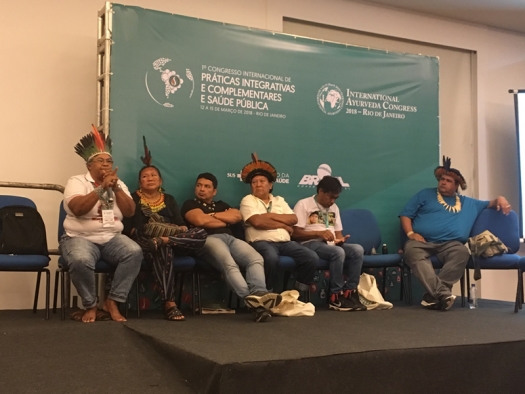
Photo by Ferdinando Pisani Massamormile, © 2018
The summit attracted many representatives of indigenous people, some of whom appeared with traditional attire. They came to tactfully vindicate the recognition of their traditional medicine and their Weltanschauung: “How could the Brazilian Ministry of Health recognize another country’s traditional medicine and not our own?” Of course, this was opening another can of worms which attracted many followers. Undoubtedly, the Brazilian government will have to deal with the issue of these medical traditions that not only have some very powerful and effective proposals (i.e. the secretions of Phyllomedusa bicolor) but also an ecological outlook that could benefit the future of humanity. Fortunately, Brazil is a country with such passionate cultural ferment that these traditional people already have much national and international support: they will survive, in their own way, well beyond the 21st century.

